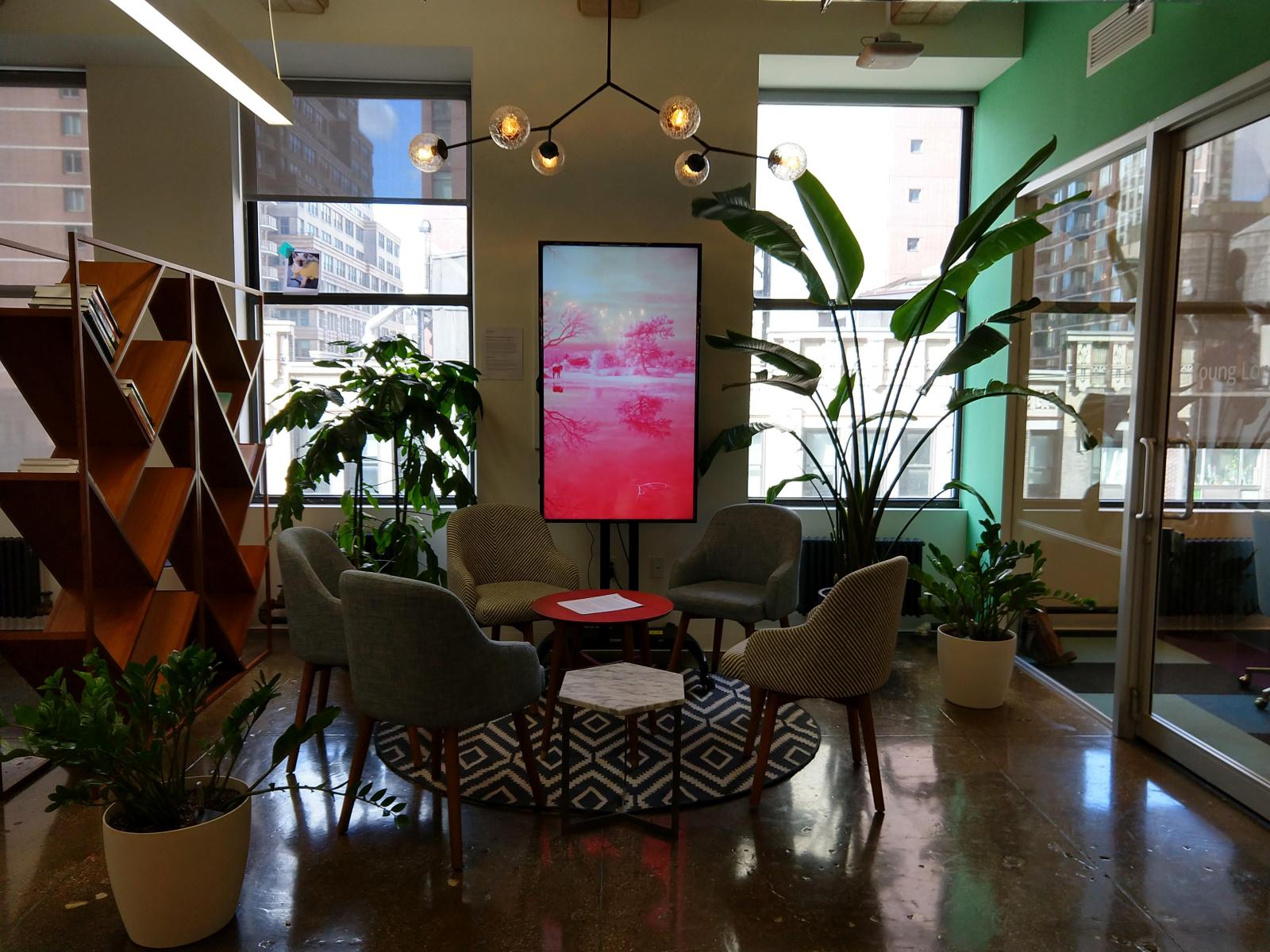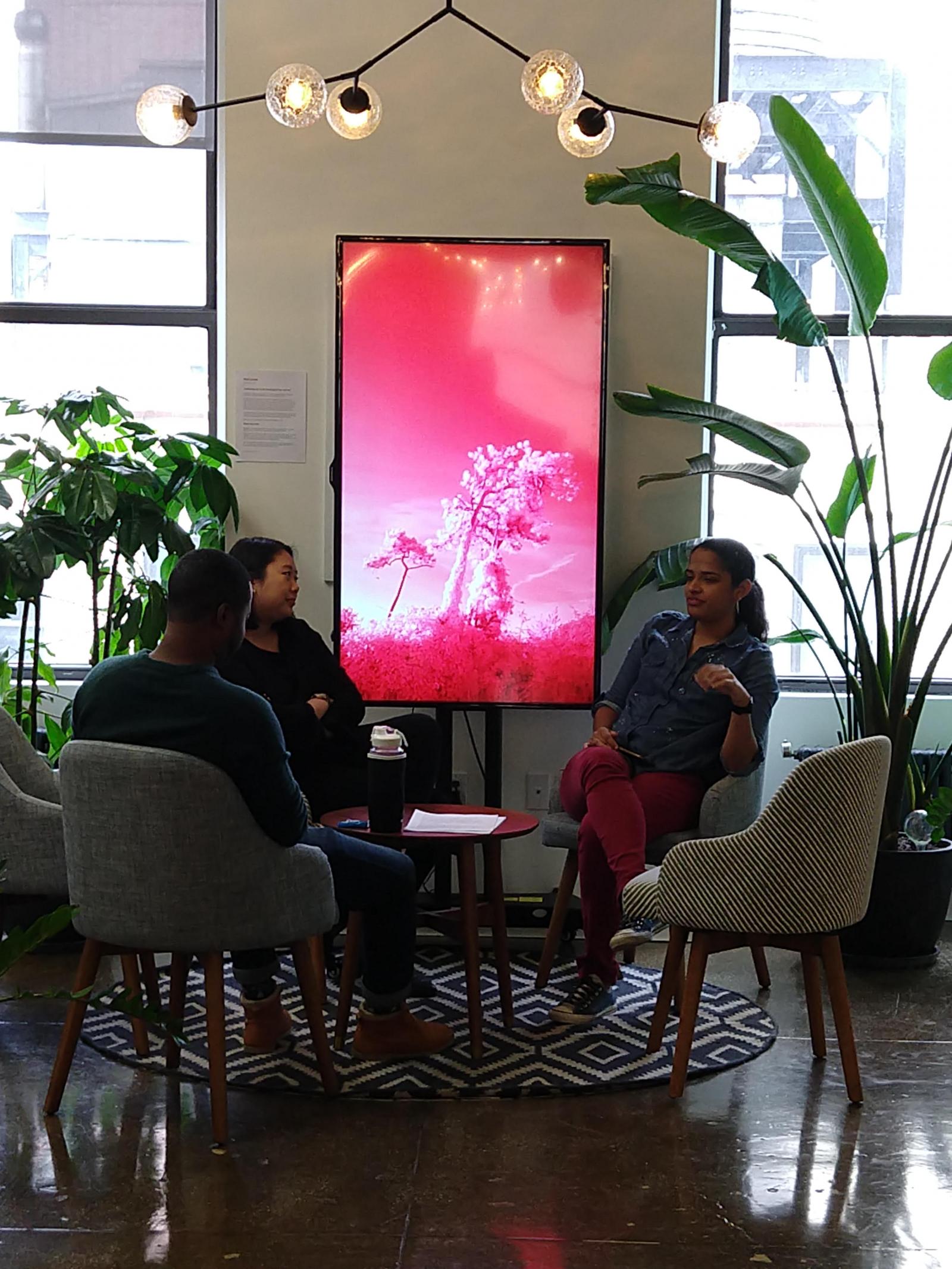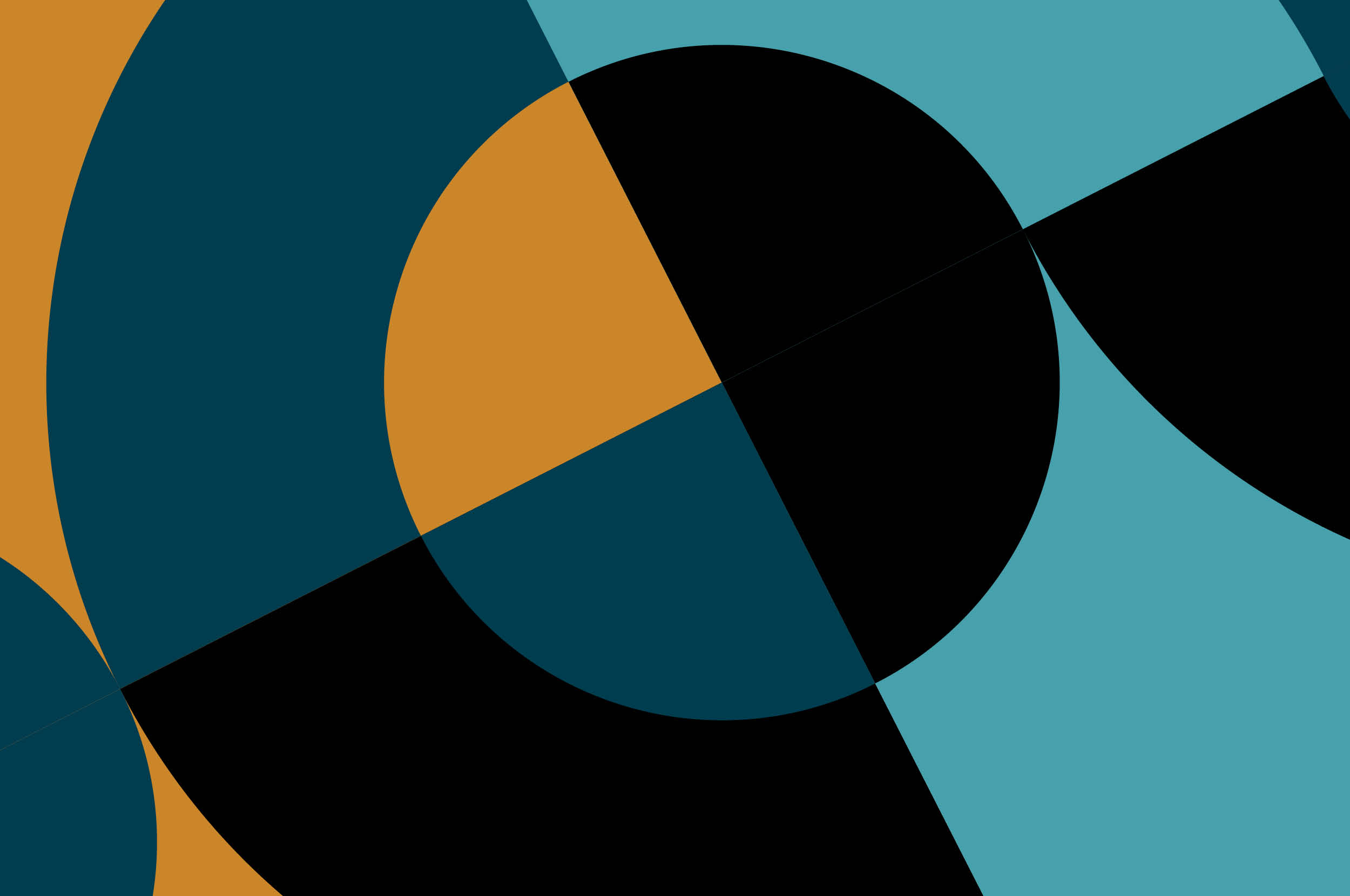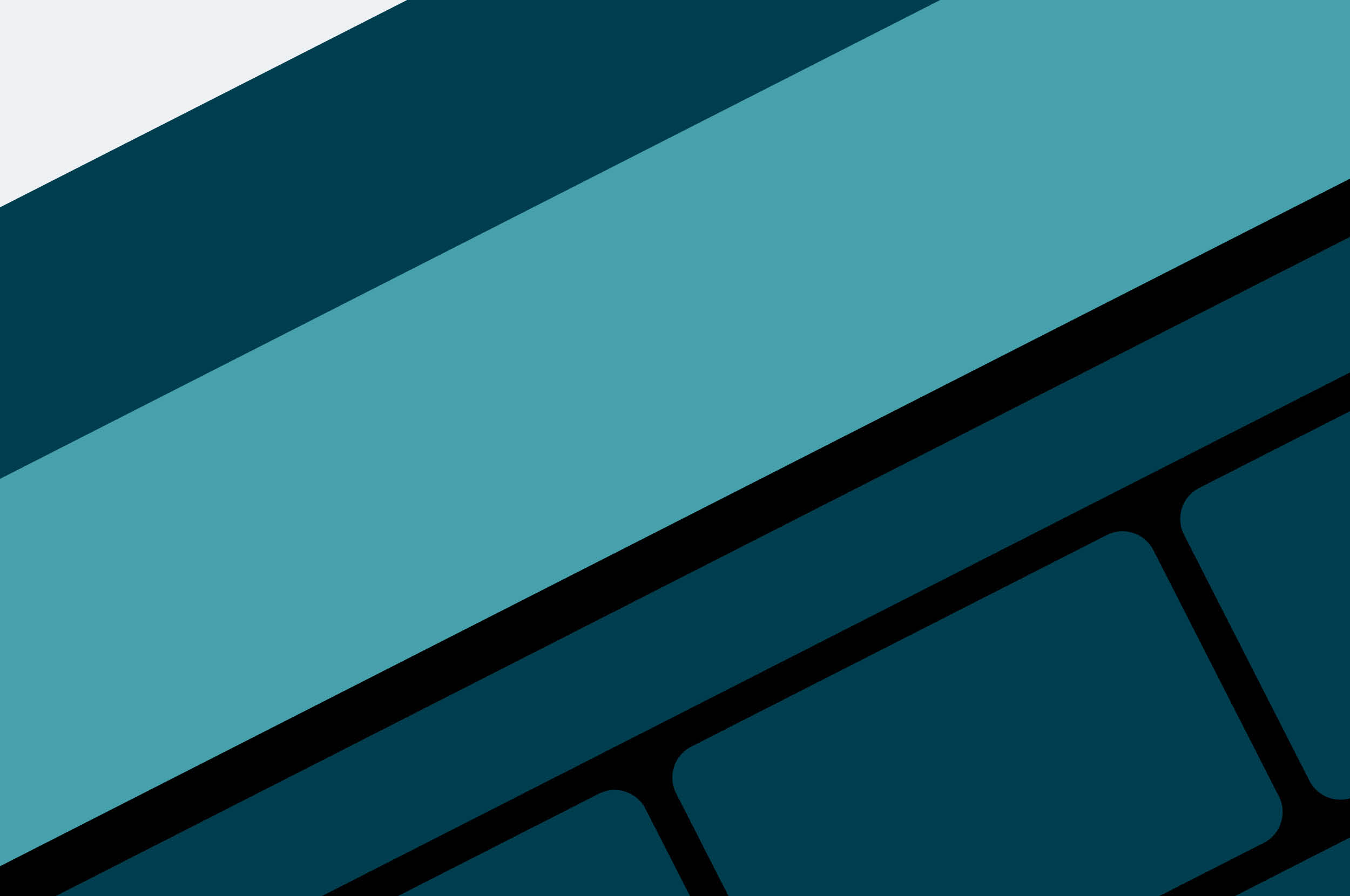
Peer to peer sharing and art representation in the New York office
Published: November 22, 2018

“Red Lines” by Evan Roth, on display on the 12th floor of 99 Madison Avenue, NY.
Red Lines is a network containing infrared videos of coastal landscapes that can be streamed by anyone, anywhere. This art project is a perfect mirror, in our New York office, of Thoughtworks passion for participatory and distributed technologies. It’s our fireplace for conversations about the physical Internet. Here is why.
Based in Berlin, Evan Roth is a US artist whose practice visualizes and archives typically unseen aspects of rapidly changing communication technologies. For Red Lines, Roth has been traveling the world to film hidden places where intercontinental fiber optic cables are emerging from the sea. More than 50 of his films are now streamed from a network of servers for the public to view them and participate in this distributed exhibition via the website: https://redlines.network/
Thoughtworkers are not strangers to the digital art scene. Our Thoughtworks Arts program runs and incubates many initiatives, including weekly meetups, multi-week hackathons, and 4-6 month art residencies. Thoughtworks continues to bring together and encourage artists, hackers, and technologists to foster partnerships and explorations within these crowds.
When I found Red Lines and the invitation to participate in its exhibition, I looked around our office, found an unused large screen and worked with a few colleagues to set up an exhibition space. Everyone was quite excited. Not only was it quick to set up (although we still had to find a stand that would let us put the screen vertically and configure a small spare computer to attach to it), we knew it would be well received by the rest of our peeps and would be an ideal project to display in the office and start conversations around it.
Humans love conversations and as consultants, we especially enjoy those about technology. Red Lines is not only beautiful to look at and a peaceful, inspiring art piece to have in your environment. It’s an open window to the physicality of the Internet. Working every day with cloud technologies, we often forget that there is a materiality to this instant communication infrastructure. Everything is immediately accessible on the screen of our phones, but signals need to travel at the speed of infrared light through endless fiber optic cables to carry those meaningful bits that we work and play with. Red Lines is there to remind us that these things that make the core of our lives and work have a physical presence. There is a cable on the beach, somewhere. I can see it on the screen in the middle of our office space. And my colleagues ask me about it.
There is another part of this project, a less visible one, that is in tune with our culture. Each and everyone who participates and installs a screen in their office or their home is becoming a node in a giant peer to peer network that helps extend the reach of these videos. Evan Roth has not created this piece to be shown only in selected galleries to a privileged audience. Red Lines is meant to be accessible to the largest number using the network of viewers as a network of supporters of the artwork itself. Of course, you need an Internet connection, but the peer to peer technologies it relies on help democratize access to those videos. They allow the greatest number of participants to be involved because the cost of streaming is shared among the participants.
Thus with Red Lines, what we experience is that the network, with its visible and invisible properties, is both the subject and the medium. In that sense, it’s an invitation to reflect on those properties, take part in extending the network, analyse its physical impact and acknowledge that it is probably what connects us that is the most important.

Disclaimer: The statements and opinions expressed in this article are those of the author(s) and do not necessarily reflect the positions of Thoughtworks.

















